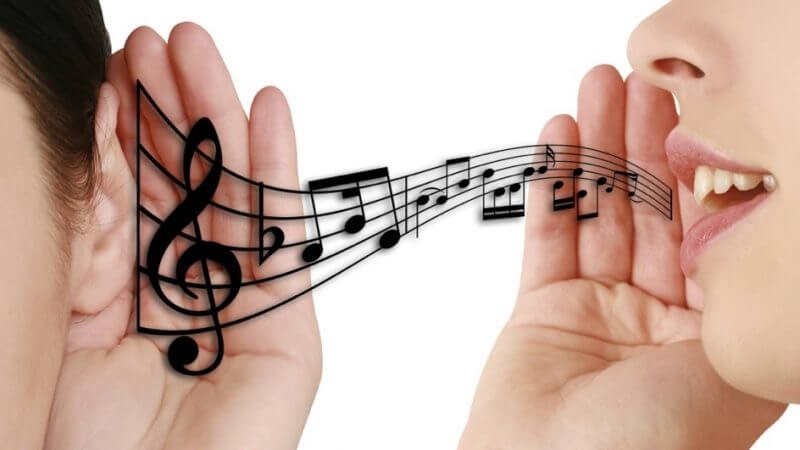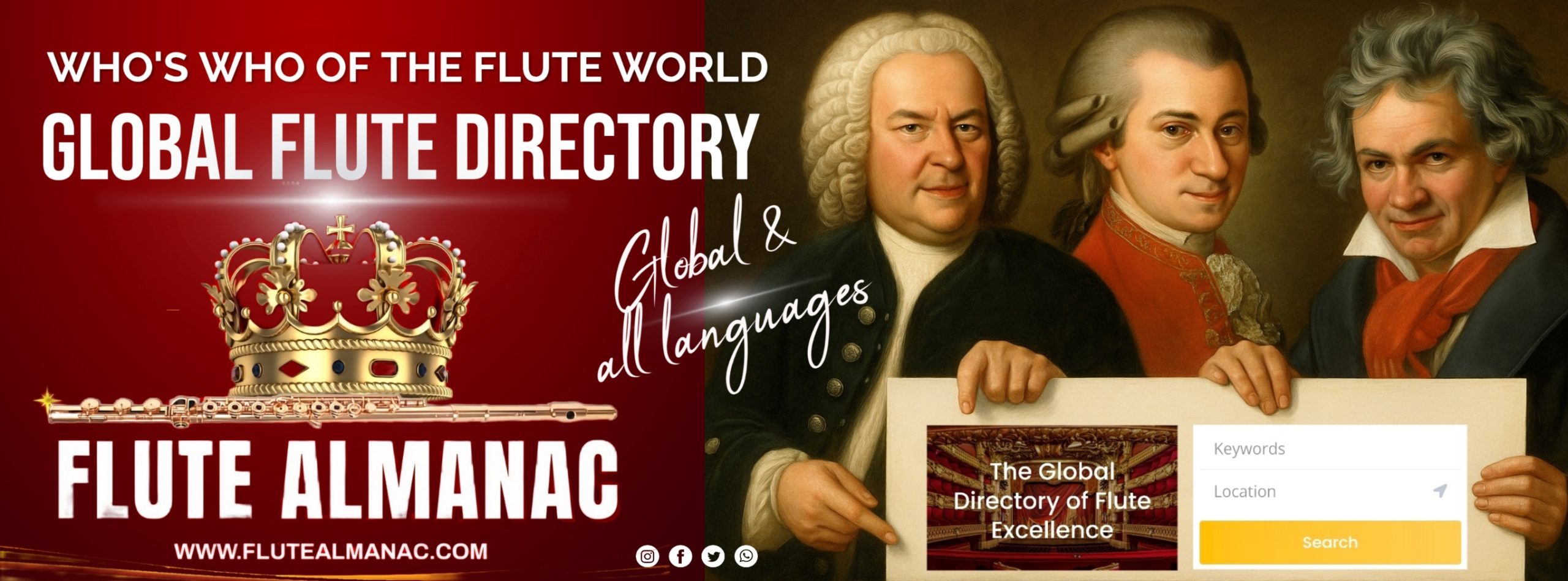
Excerpt from Onorio Zaralli’s book “Playing with the soul” ©2017
In the dictionary, under the term “structure” we read: a ” constructed from several parts” entity, or even, “the arrangement of and relations between the parts or elements of something complex.”
The musical language is seen therefore, as “the set of structural elements placed in relation to each other.” These sets are organized accordingly to a particular form. We must study the Allore musical forms.
Leave aside the old question of the relationship between form and content. In this regard there has already been said a lot, and often we come to the conclusion that these are two distinct concepts. We will say right away ours: it is absurd to think of a music content that can express itself outside any formal structure. It is equally absurd to assume the existence of a form that does not contain any music content.
The musical content of a waltz is the “content” from a very precise shape, easily recognizable, and which we call “waltz”. Such shape, by contrast, would make no sense and may in no way exist outside of its content, in this case, of our “waltz”. So, what is the form?
It is the model by which we organize our musical thought: it’s clear regardless, even conceptually, from existence. That said, let’s move on. The basic elements of musical language are essentially two: the sound and rhythm. The sound is the “raw material” of musical language; the rhythm, its “expansion over time.” The two elements have always inextricably linked.
Three short clarifications:
Listening to a simple succession of regular beats, you might believe that there can be a “pure” musical rhythm, i.e. independent from the sound. But it is not, and cannot be so. In fact, if we define the sound as “the product of vibrations of an elastic body, perceived by the human ear in the form of sound sensations”, it is absolutely logical to assume that, when we perceive the beat sequence on a hearing level, such sequence will also estimate the sound frequency, i.e. “sound.”
Conversely: it is said, for example, that Gregorian chant is free of rhythm and, therefore, in this sense, “pure music.” But on closer inspection it turns out that the rhythm of Gregorian chant is not – it is true – reflecting the regular beats. However, it would be absurd to say that this music isdevoid of rhythm: the rhythm is there, by itself … it is the rhythm of speech, declamation, but still has sound expansion along the time line. It should first be able to cancel the dimension of time to think about the existence of a sound without rhythm.
The sound and rhythm – inextricably linked – are the first foundation, the Arche, as the Greek philosophers would say, of the music. They are elementary concepts. But you need to feel the importance of these concepts. Only then they will fall as presumed divisions between sound and technique, or between technique and interpretation: everything will originate and end in the sound as the first foundation and ultimate manifestation of any musical fact and by the simple examination of technical and artistic maximum of a masterpiece.
After this introduction, let’s see how the musical language is organized. Consider, therefore, the forms the language model.
This model meets two specific requirements:
internal organization of the constituent linguistic elements (phonetic, morphological, grammatical, and syntactic);
expressive and communicative purposes.
In spoken language, the period is the organized structure capable of expressing a thought that makes sense. It is made up of sentences (main, subordinate, etc.), which are in turn made up of parts with specific roles: subject, attributes, predicates, complements, adverbs, etc.
In parallel, the musical period consists of phrases, which are in their turn constituted by semiphrases, formed, after all, from this impact. The evolution of the musical language has meant that even the musical form has changed throughout the history: the musical period in Bach is very different from the same in Brahms or Mahler, which is obvious.
But let’s be honest: how often pieces by authors who are so far apart from each other are treated with little sense of history?
Onorio Zaralli
www.onoriozaralli.webnode.it | Scuola Flautistica Italiana | Youtube
Onorio Zaralli si diploma con il massimo dei voti in flauto presso il Conservatorio di Musica “S. Cecilia” di Roma, conseguendo successivamente il diploma “solista” al Royal College of Music di Londra. Premiato nei concorsi di Ancona, Stresa, Palmi e Città di Castello, matura esperienze orchestrali in seno all’Orchestra della Radiotelevisione di Bucarest, Orchestra Sinfonica di Sanremo, Orchestra Sinfonica dell’Accademia Nazionale di S. Cecilia di Roma. Come solista, è attivo in Europa, USA, Messico, Korea, Australia. E’ autore di libri, studi e composizioni per flauto.









Beautifully stated, dear Sergio.
You describe the broad elements of musical expression as well as the more discreate aspects of phrasing in the “common practice period” of Western music (roughly 1650 to 1900).
Musical styles change, of course, and new techniques of expression evolve. Impressionism and Expressionism developed new ways of viewing musical expression and getting across the composers intentions.
The disintegration of tonality into atonality and eventually the less organized aleatoric music of Chance and Minimalism and Collage and Pastiche, which openly combines or imitates elements of the works of other artists and style periods.
We need new systems of musical rhetoric and ways of describing evolving musical styles. These new styles may combine earlier systems of phrasing and interpretation.
Developing a comprehensive system of musical aesthetics that describes the many expectations of contemporary music would be a daunting task. I think you are well-equipped to take on this task. With your broad perspective and elegant use language, I would love to see what you come up with, Sergio.
New rules of the games of modernism are needed. As Aldous Huxley says in Brave New World:
“You can’t play Electro-magnetic Golf according to rules of Centrifugal Bumble-puppy.”
Dear Jerry, it seems your comment was intended for Sergio Pallotelli’s article “Thoughts on phrasing”. Here is the link for everyone: https://thebabelflute.com/thoughts-on-phrasing/